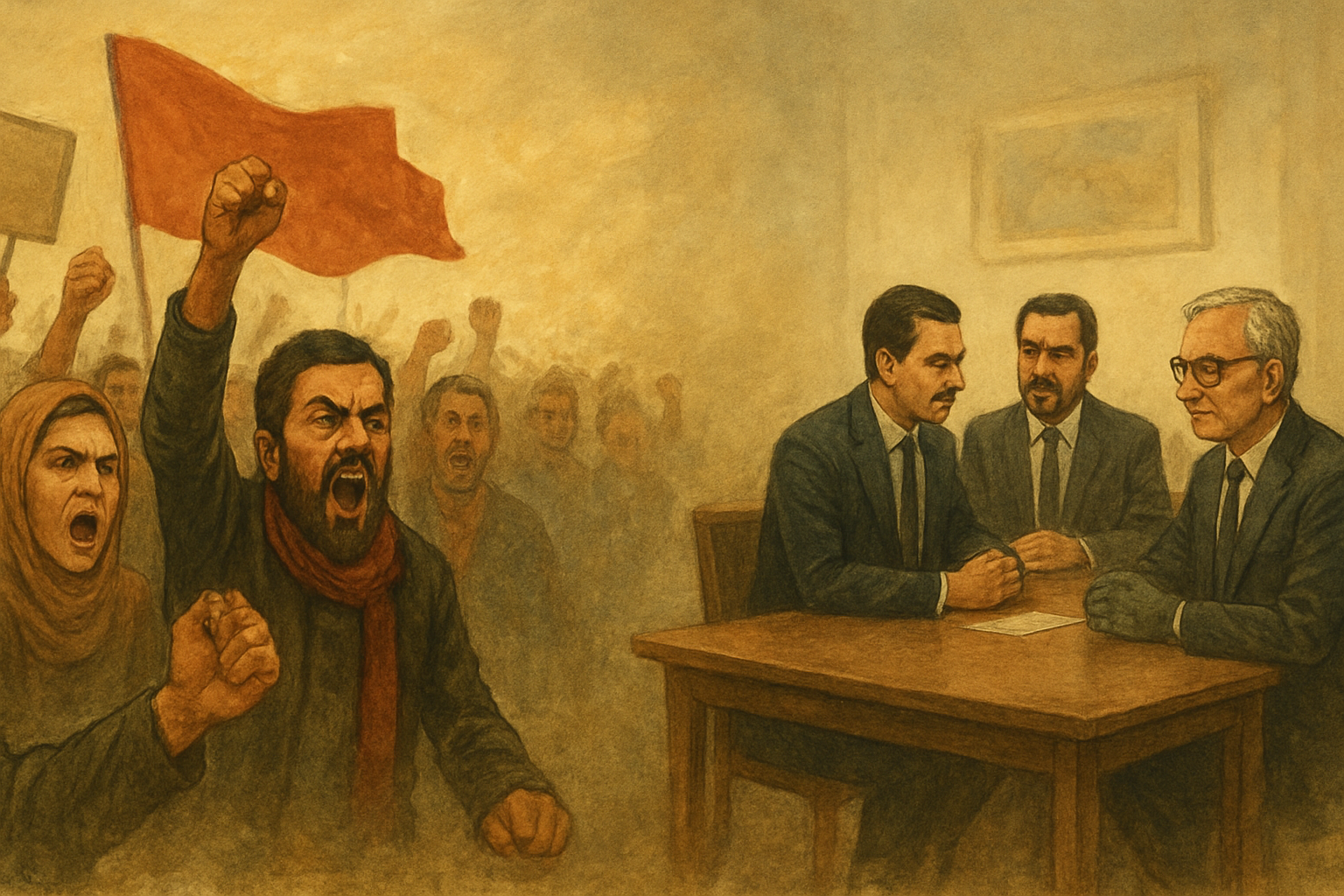
23 August 2023
Khurram Aslam Khan
Controversy generated after Tweet by President Arif Alvi for not giving assent to the two bills passed by the Senate and now defunct National Assembly amending Army Act 1952 and Official Secrets Act 1923 and the explanation given by the Federal Law Minister of Caretaker Cabinet reignited memories of the infamous decision of Federal Court by upholding the dissolution of the Constituent Assembly (CA) by the Governor General (GG).
In October 1954, the GG Ghulam Muhammad dissolved the Constituent Assembly when it was going through the process of clipping powers of the GG. The President of the dissolved CA Maulvi Tameez Uddin moved Sind High Court (SHC) against the order of the GG. The full bench of SHC in February 1955 unanimously held act of GG as ultra vires and that GG had no power to dissolve the CA. Maulvi Tameez Uddin convened meeting of the CAP on March 7, 1955. Meanwhile, Government went into appeal against the decision of SHC. The Federal Court (FC) headed by Justice Muhammad Muni, by majority of 4 to 1 overruled the SHC’s judgement. The FC did not go into merits of the legality or otherwise of the action of the GG. It ruled that SHC had wrongly assumed power under the amended constitutional provision of granting writ jurisdiction to the high courts as the same had not been given assent by the GG. The lone dissenting judge Justice A.R. Cornelius held that the assent of the Governor-General was not required for constitutional Act.
Current constitutional provisions have inbuilt mechanism to overcome situation similar to one that was used to uphold dissolution of the CA. Article 75 (1) allows President to assent a bill passed by the Parliament or rerun it for reconsideration; and in case the parliament passes the bill, with or without further amendments, it would be deemed to have been assented by the President 10 days after its presentation to the latter.
Since the President did not given assent in the first instance and the NA stands dissolved the Parliament could not reconsider the bills therefore contention of the government that assent of the President has been deemed is wholly unconvincing.
In classic turn of events, establishment that used the tool of assent against the CA is faced with the predicament of unlawful enactment in the absence of mandatory assent.
urt by upholding the dissolution of the Constituent Assembly (CA) by the Governor General (GG).
In October 1954, the GG Ghulam Muhammad dissolved the Constituent Assembly when it was going through the process of clipping powers of the GG. The President of the dissolved CA Maulvi Tameez Uddin moved Sind High Court (SHC) against the order of the GG. The full bench of SHC in February 1955 unanimously held act of GG as ultra vires and that GG had no power to dissolve the CA. Maulvi Tameez Uddin convened meeting of the CAP on March 7, 1955. Meanwhile, Government went into appeal against the decision of SHC. The Federal Court (FC) headed by Justice Muhammad Muni, by majority of 4 to 1 overruled the SHC’s judgement. The FC did not go into merits of the legality or otherwise of the action of the GG. It ruled that SHC had wrongly assumed power under the amended constitutional provision of granting writ jurisdiction to the high courts as the same had not been given assent by the GG. The lone dissenting judge Justice A.R. Cornelius held that the assent of the Governor-General was not required for constitutional Act.
Current constitutional provisions have inbuilt mechanism to overcome situation similar to one that was used to uphold dissolution of the CA. Article 75 (1) allows President to assent a bill passed by the Parliament or rerun it for reconsideration; and in case the parliament passes the bill, with or without further amendments, it would be deemed to have been assented by the President 10 days after its presentation to the latter.
Since the President did not given assent in the first instance and the NA stands dissolved the Parliament could not reconsider the bills therefore contention of the government that assent of the President has been deemed is wholly unconvincing.
In classic turn of events, establishment that used the tool of assent against the CA is faced with the predicament of unlawful enactment in the absence of mandatory assent.
Author is former Joint Director General, IB.
